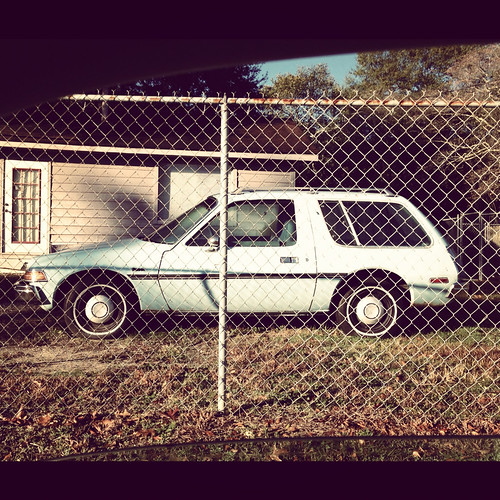Wednesday, November 30, 2011
Tuesday, November 15, 2011
Color wheels
Labels: illustration
artwork,
bicycles,
drawing,
illustration,
ryon edwards
Tuesday, November 1, 2011
There's a story behind that.
While stopped at an intersection recently, my eye was drawn toward a helical red and blue striped sign that we all recognize as the barber's sign — the archetypal spinning sign mounted to the facade of the modest building. It made me wonder about the history and the meaning behind that design and intrigued me enough to do further research. I remember reading about the symbolism of that design years ago, but couldn't remember all of the gory details. Looking at the object in isolation seems like a strange and unusual object, but when you understand the origin and meaning, it all makes sense.

Back in the day, barbers used to perform medical procedures, including tooth extractions and bloodletting services. Apparently, they would hang the bloody bandages on a pole outside to dry and the wind would wrap the bandages around the pole. Yes, disturbing, but we’re talking the Middle Ages here. The pole represents the staff that was used for the patient to grip to encourage blood flow. The color red is symbolic for arterial blood, blue represents venous blood and the white symbolizes the bandages. It’s also possible that the blue was added when the signs were used in the United States, to honor the national colors. It's interesting how universal and immediately recognizable this design has become over many centuries in many cultures.
But a note of caution: If you’re in certain parts of Asia, the barber's pole design could be used to advertise and disguise a completely different type of business establishment, but I’ll steer clear of that story.

Back in the day, barbers used to perform medical procedures, including tooth extractions and bloodletting services. Apparently, they would hang the bloody bandages on a pole outside to dry and the wind would wrap the bandages around the pole. Yes, disturbing, but we’re talking the Middle Ages here. The pole represents the staff that was used for the patient to grip to encourage blood flow. The color red is symbolic for arterial blood, blue represents venous blood and the white symbolizes the bandages. It’s also possible that the blue was added when the signs were used in the United States, to honor the national colors. It's interesting how universal and immediately recognizable this design has become over many centuries in many cultures.
But a note of caution: If you’re in certain parts of Asia, the barber's pole design could be used to advertise and disguise a completely different type of business establishment, but I’ll steer clear of that story.
Labels: illustration
barber,
graphic design,
meaning,
observed,
ryon edwards,
symbolism
Subscribe to:
Posts (Atom)


